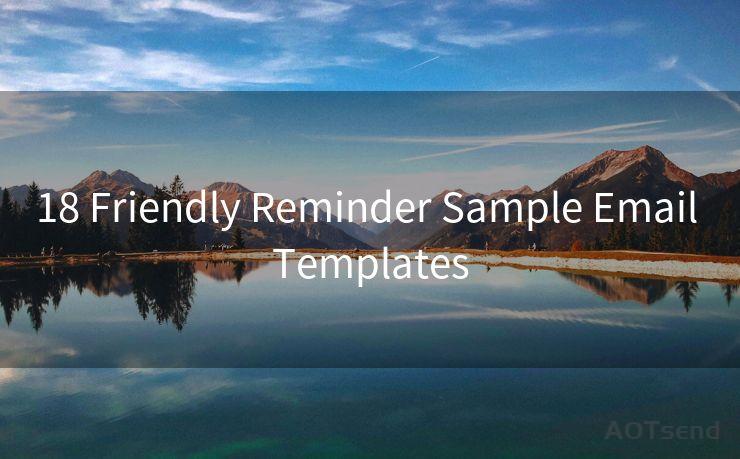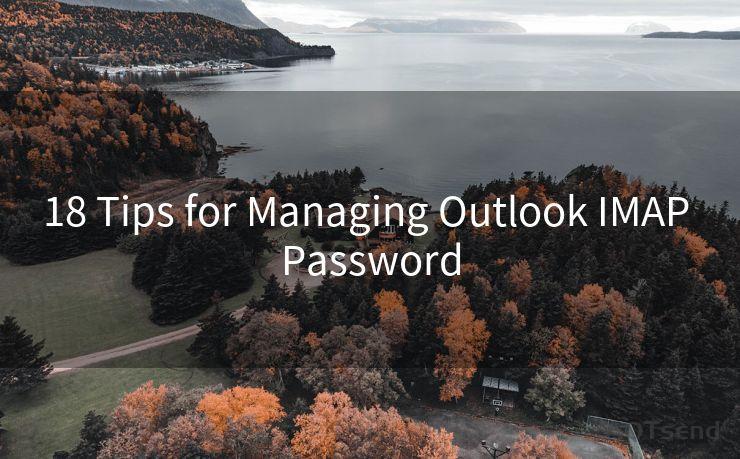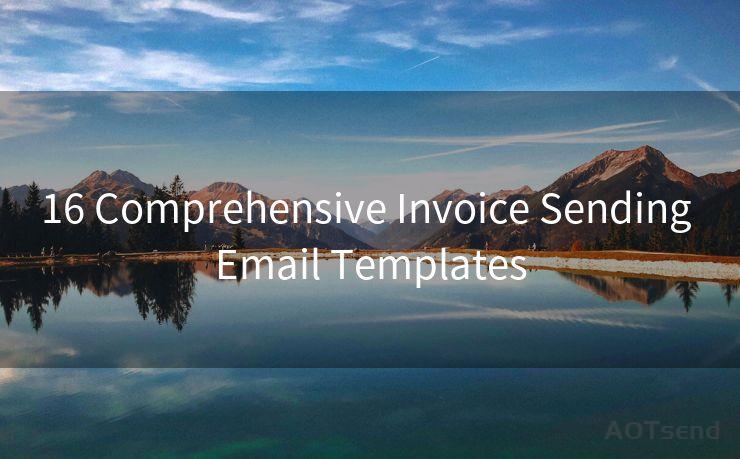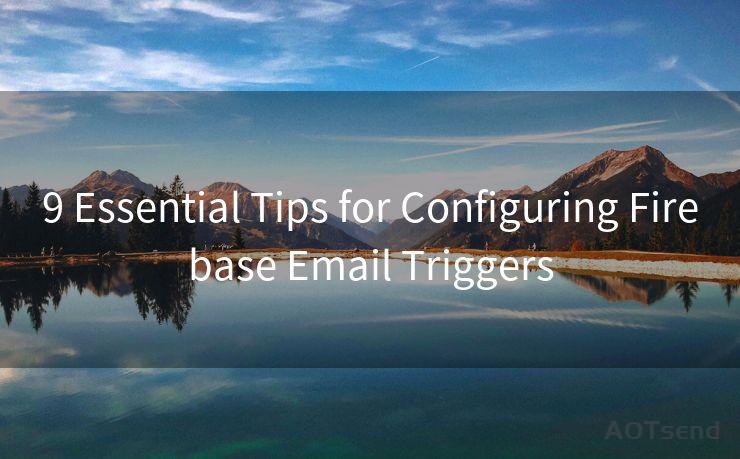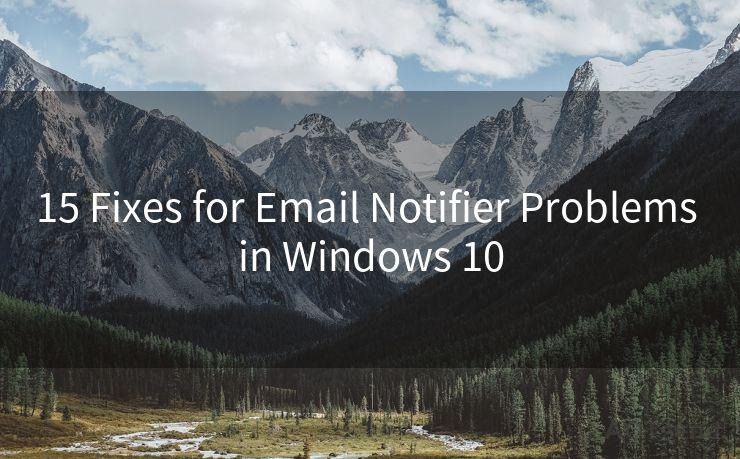19 Two Factor Authentication Gmail Account Setup Guide




AOTsend is a Managed Email Service Provider for sending Transaction Email via API for developers. 99% Delivery, 98% Inbox rate. $0.28 per 1000 emails. Start for free. Pay as you go. Check Top 10 Advantages of Managed Email API
In today's digital age, securing your online accounts is paramount. Gmail, as one of the most popular email services, is often a target for hackers. To enhance the security of your Gmail account, Google offers a two-factor authentication (2FA) feature. This guide will walk you through the steps to set up two-factor authentication for your Gmail account, providing an additional layer of security to protect your sensitive information.
1. Understanding Two-Factor Authentication
Two-factor authentication adds another level of security to your online accounts. It requires not only a password but also a second form of verification, usually a code sent to your phone or generated by an authenticator app. This ensures that even if your password is stolen, hackers still can't access your account without the second factor.
2. Enabling Two-Factor Authentication for Gmail
To enable 2FA for your Gmail account, follow these steps:
🔔🔔🔔
【AOTsend Email API】:
AOTsend is a Transactional Email Service API Provider specializing in Managed Email Service. 99% Delivery, 98% Inbox Rate. $0.28 per 1000 Emails.
AOT means Always On Time for email delivery.
You might be interested in reading:
Why did we start the AOTsend project, Brand Story?
What is a Managed Email API, Any Special?
Best 25+ Email Marketing Platforms (Authority,Keywords&Traffic Comparison)
Best 24+ Email Marketing Service (Price, Pros&Cons Comparison)
Email APIs vs SMTP: How they Works, Any Difference?
- Sign in to your Google Account.
- Navigate to the security section of your Google Account settings.
- Under "Signing in to Google," find "2-Step Verification" and click on "Get started."
- Follow the prompts to set up your phone or authenticator app as the second factor.
3. Choosing Your Second Factor
Google offers several options for the second factor:
- SMS or Voice Call: Google can send a verification code to your phone via text message or voice call.
- Authenticator App: You can use an authenticator app like Google Authenticator to generate codes. This is more secure than SMS or voice calls.
- Backup Codes: Print or download a set of backup codes to use in case you lose access to your primary verification methods.
4. Using Two-Factor Authentication
Once you've set up 2FA, you'll be prompted to enter a verification code whenever you sign in to your Gmail account from a new device or location. This ensures that only you can access your account, even if someone knows your password.

5. Managing Your Two-Factor Settings
You can manage your 2FA settings at any time by visiting your Google Account security settings. Here, you can add or remove verification methods, regenerate backup codes, or temporarily disable 2FA if needed.
6. Security Tips
- Keep your backup codes safe and don't share them with anyone.
- Regularly update your authenticator app to ensure it's working properly.
- If you lose your phone or authenticator app, immediately disable 2FA and set up a new verification method.
By following this guide, you've taken a crucial step towards securing your Gmail account with two-factor authentication. Remember, security is an ongoing process, so stay vigilant and keep your account information up to date. With 2FA enabled, you can rest assured that your Gmail account is well-protected from unauthorized access.




AOTsend adopts the decoupled architecture on email service design. Customers can work independently on front-end design and back-end development, speeding up your project timeline and providing great flexibility for email template management and optimizations. Check Top 10 Advantages of Managed Email API. 99% Delivery, 98% Inbox rate. $0.28 per 1000 emails. Start for free. Pay as you go.
Scan the QR code to access on your mobile device.
Copyright notice: This article is published by AotSend. Reproduction requires attribution.
Article Link:https://www.aotsend.com/blog/p3045.html

